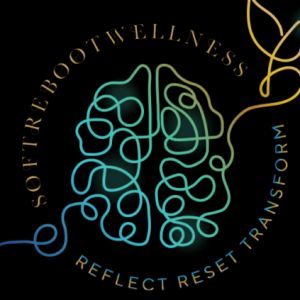generalized anxiety disorder symptoms and diagnosisPosted by soft reboot wellness on July 2nd, 2021
In today’s world, everyone is talking about mental health, and much attention is given to it however, it is generally challenging to diagnose Generalized Anxiety disorder (GAD). Normally panic attacks are considered a hallmark feature of anxiety disorders however, it is different in the case of GAD in which there are no panic attacks. This misconception about GAD leads people to believe that in the absence of panic attacks, they are completely normal despite having other symptoms. Hence, Gad is not diagnosed timely and not treated accordingly. Feeling worried and anxious are pretty common these days and almost all of us experience it. So, the actual question is what are the major symptoms which the physicians are looking for to help decide if someone’s worry and anxiety a normal behavior or are related to GAD? “The Diagnostic and Statistical Manual of Mental Disorders, 5th edition” (also known as the DSM-5) outlines that evaluation of symptoms is a crucial step in diagnosing the person with GAD. The experts of mental health look for factors like excessive worrying along with several physical symptoms and then using scientifically proven diagnostic assessments to reach a diagnosis and exclude other possibilities. Symptoms of GAD: The DSM-5 highlights a particular criterion to help the health care workers diagnose GAD. A Standard set of signs and symptoms to refer to while assessing patients allows doctors to diagnose more precisely and acknowledge the patient’s concerns related to mental health which ultimately lead to an effective treatment plan. Diagnosing criteria of GAD: Whenever you are assessing a patient with GAD, look for the following:
Worrying excessively is defined as worrying even without a specific threat present or in an unreasonable way. A person struggling with Gad may experience a high percentage of their waking hours worrying about things that are not reasonable. IT might be accompanied by seeking reassurance from others. The worry, anxiety, and other symptoms make it difficult to carry out daily tasks and activities. It may affect relationships, work-life, and other important aspects of life. To diagnose GAD, these signs and symptoms must not be related to any other medical disorder and is unable to be explained by a different mental disorder or any substance use like recreational drugs or alcohol. To treat the associated anxiety and depression, ketamine therapy is the most effective treatment modality. Giving ketamine infusions normalizes the anxiety of the patient in a short amount of time and gives a sense of being cured. So, whenever you feel any of the above symptoms, it's highly advisable to consult your doctor and get the required treatment. Like it? Share it!More by this author |


